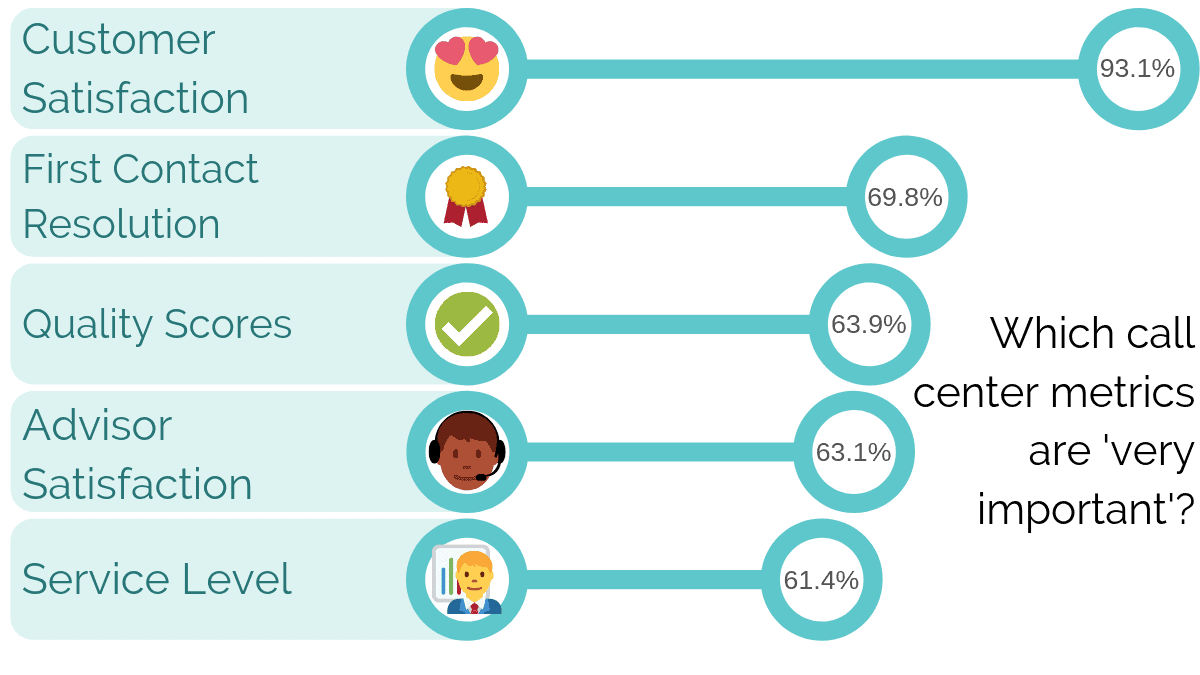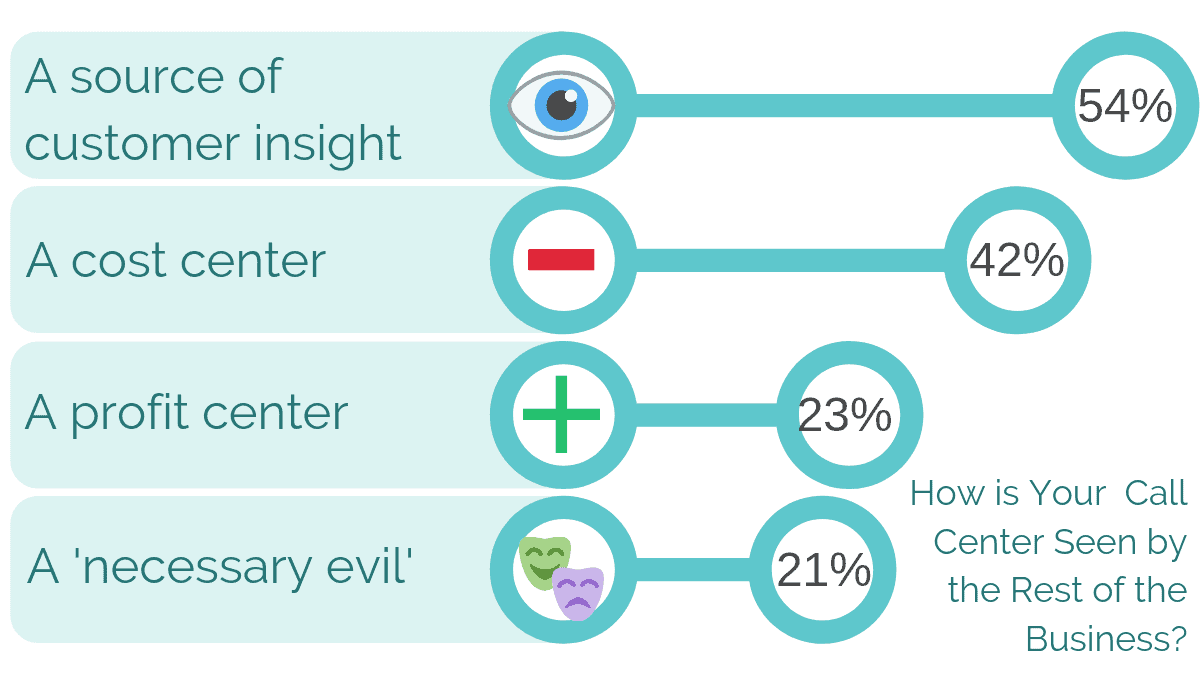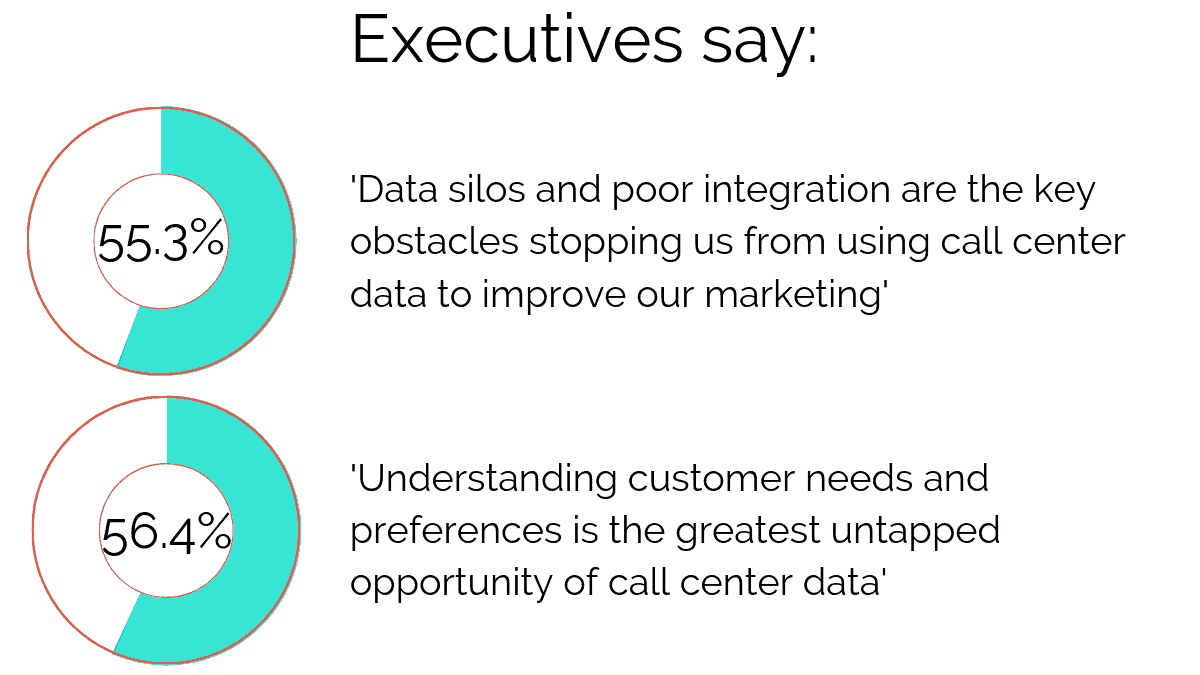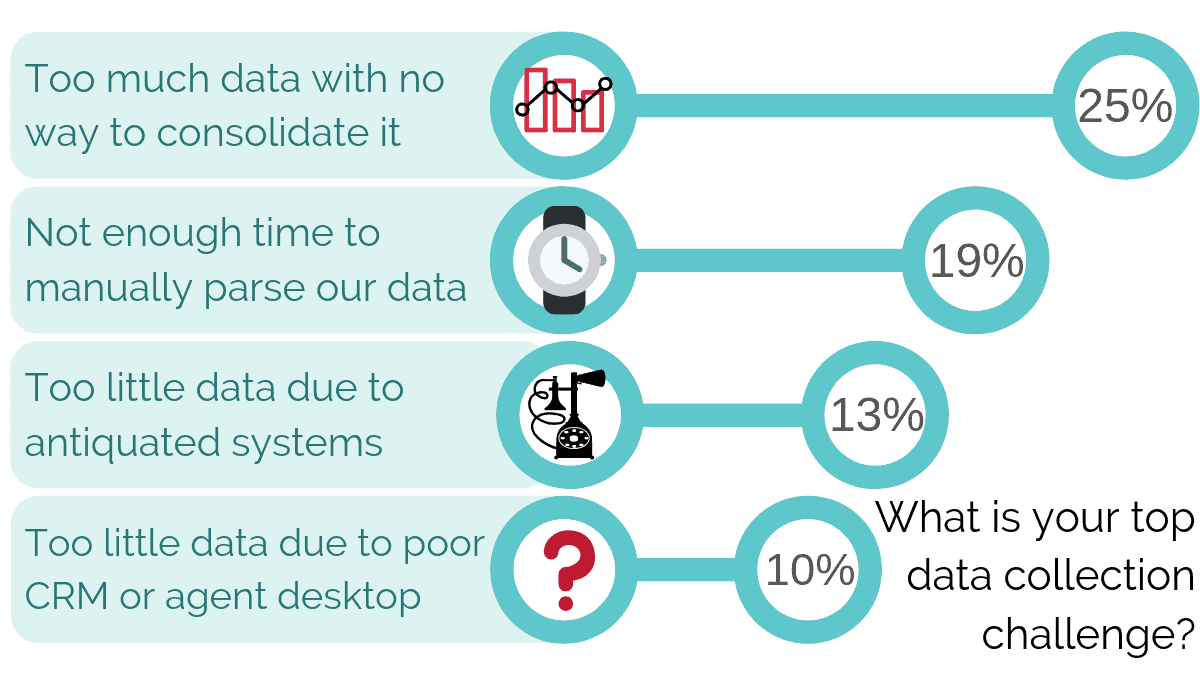The call center is often the most data-driven area of business. Call center metrics inform everything from long-term planning to real-time response. They can also create insight for your whole organisation.
A lot of call centers struggle to make the best use of their data. What can you do to bring the facts and figures to life?
What makes call center metrics challenging?
It seems harder than ever to stay on top of call center metrics.
Basically, there’s more to measure in the new customer service environment. Customers expect more from us, and the days of focusing only on call length are gone. (In fact, in 2018 research, AHT was rated the 10th most important metric.)
Of course, the core metrics aren’t gone. But now, call centers have to balance them against more nuanced CX measures.
Businesses also rely more on the inbound call center for customer insight. (A change which is… mostly welcome.)
So there’s the challenge – how do you make sense of call center metrics?
It’s all about getting the right data, for the right people, at the right time.
#1 The right data…
Here’s a big part of the problem: there are so many sources of data.
Your phone systems are where you find the basis for your reporting; the number of calls, speed of answer etc.
But what about the other, more complex data on CX? How do you collect that, and how do you put it on a dashboard so users can access it?
For that kind of insight you look to systems like your CRM, your Helpdesk and your BI. All you need to do is integrate data from those locations.
Of course, that’s another challenge.
Call center operations teams identify ‘integration with existing systems’ as the biggest obstacle to getting value from their investments.
Our focus at babelforce has always been on integration across all call center software. We use APIs to join the dots between systems, turning a major challenge into a major asset.
In practice, that means it really doesn’t matter where your data is – it can go wherever you need it.
#2 …for the right people…
Someone schedules your agents, and they need certain data to do it. Someone else measures the success of your campaigns, and they need different data. Then there are the agents themselves; what’s useful for them, and what’s distracting?
[qodef_blockquote text=”Agents that have access to real-time information like how many callers are in the queue, the status of other agents, longest wait time in the queue, average abandonment time and average hold time can better adapt to the contact center’s needs and make more informed decisions based on this information.” title_tag=”h5″ width=””]
Clearly, getting all your data on a dashboard isn’t enough. In fact, it would become a confusing mess.
You need a dashboard that’s flexible to your needs. Our answer to that is to make our dashboards easy to configure for any team or individual. They can see only what will help them work – no distractions.
Whether you have separate inbound/outbound teams, multiple sites and brands, or you want to customize based on job role, you can.
#3 …at the right time
Finally, remember that monitoring is all about NOW. A shockingly low 23% of businesses are able to create real-time insights from their customer data.
But real-time call center metrics are essential. There really is no time like the present, especially for new teams or services that are at their most vulnerable.
The changing CX landscape means there’s a lot of experimenting going on. For example, we’re seeing more teams with a retention focus, and teams offering proactive blended service. That’s great progress, but when you’re trialling a new service you have to be able to course-correct from one moment to the next.
You can turn this on its head: once you have perfect real-time reporting, you get the ability to experiment more with the kinds of services you provide.
So, if a problem with your auto dialer is reducing agent talk time, what can you do about it? Well, nothing if you can’t even measure it.
So what call center metrics should you be tracking?
There’s no right answer here. But there are three questions that will point you in the right direction:
- What are we able to track?
- What does that tell us about performance?
- How does that fit with our business objectives?
Unfortunately, a lot of business fall at the first hurdle. Although call centers have access to a huge amount of data, actually putting it to use is a big challenge.
But, with the right tools, it’s actually quite easy to make sense of call center metrics. Integrated systems bring you the data – customizable dashboards organize it – automated tracking keeps you informed in real-time.








